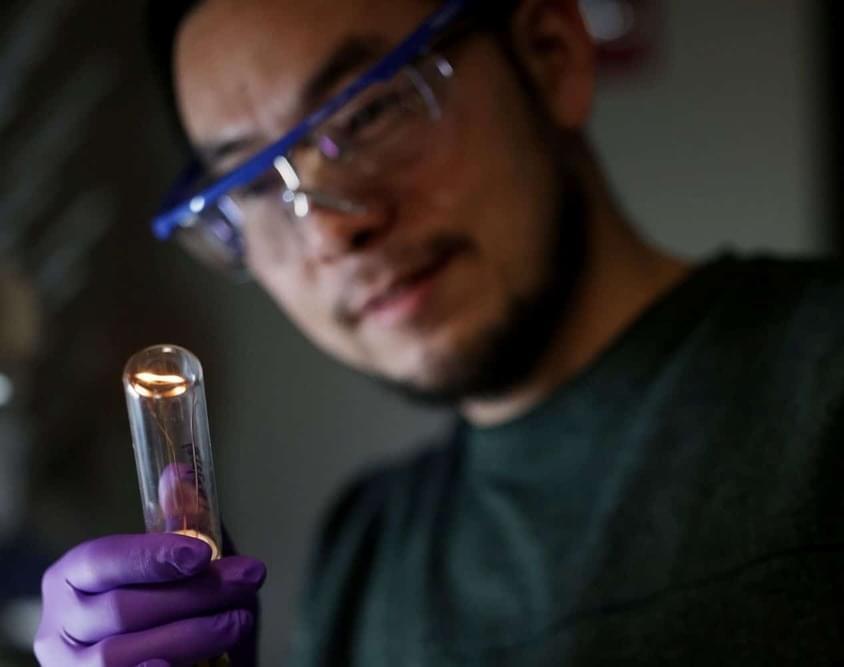Northwestern University engineers have achieved quantum teleportation over fiber optic cables already carrying Internet traffic, an advance that could simplify the infrastructure needed for quantum computing and advanced sensing technologies, the university is reporting.
The study, published in Optica, demonstrates that quantum communication can coexist with classical Internet signals in the same cable.
“This is incredibly exciting because nobody thought it was possible,” said Prem Kumar, an electrical engineering professor at Northwestern and the study’s lead researcher. “Our work shows a path towards next-generation quantum and classical networks sharing a unified fiber optic infrastructure. Basically, it opens the door to pushing quantum communications to the next level.”








